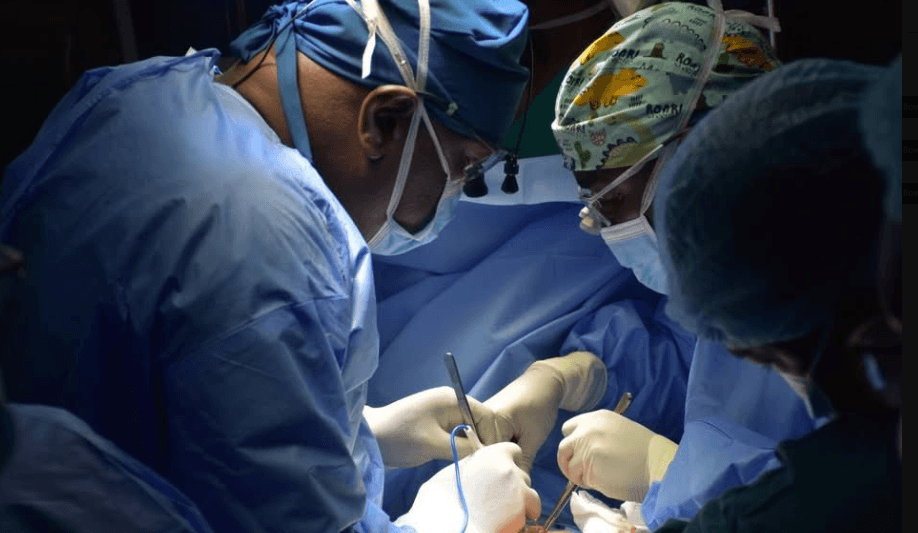Poultry farming is common among smallholder farmers in Kenya because it doesn't require much space to keep chickens.
While most farmers focus on raising chickens for meat and eggs, few are involved in the egg incubation process.
Here are some expert tips on egg incubation from Dr Nicholas Muyale, a veterinary doctor and poultry expert, with extensive work experience in Kenya and the East African Community.
Egg incubation process
"Egg incubation is the process by which a germ cell in the egg is developed into a chick. This is also called the hatching process," Muyale says.
The incubation period varies with bird species: for chicken, it takes 21 days; duck, guinea fowl and turkey take 28 days; geese take 35 days; Japanese quail take 18 days; and ostrich takes 42 days.
"Egg incubation makes it possible to produce many chicks regularly on a specific date. Besides financial gains, it is important in propagating poultry species and maintaining poultry biodiversity. Day-old chicks are a critical component of the poultry value chain, which in turn supports food security and nutrition for Kenya," he adds.
Types of egg incubation
There are two types of egg incubation: natural incubation with a broody hen and artificial incubation, according to the poultry expert.
Natural incubation occurs when hens sit on the eggs (brooding) for several days (21 days for chicken) to hatch chicks.
"This was the only method before the poultry business became commercial," Muyale says.
However, its limitation is that hens can brood a maximum of 10 to 12 eggs at a time and stop laying eggs once brooding begins. Thousands of chicks cannot be produced regularly by this method.
In artificial incubation, eggs are hatched with the help of incubators. "Artificial incubation allows for the hatching of a larger number of eggs simultaneously, providing management efficiency," he adds.
"There is a controlled hatching environment, increased chances of successful hatching and less dependency on natural factors. It also enables the incubation of eggs from birds with desirable traits."
Challenges and benefits
Natural incubation is not labour-intensive and is suitable for small-scale farmers who cannot afford an incubator.
However, it has challenges like lower hatch rates, exposure to predators and limited control over the incubation process.
Artificial incubation, while allowing for efficient hatching, comes with disadvantages such as high initial costs and the need for technical skills. It relies on electricity, so power outages can jeopardise hatching.
"There’s also a risk of unsuccessful hatches if conditions aren’t optimal or equipment fails," Muyale says.
Advanced incubation techniques
Older incubator machines required cleaning and disinfection before each use. As incubation science advanced, separate machines for "setting" the eggs and a "hatcher" for the last three days of incubation were developed to prevent contamination.
"When many batches of eggs are set in the machine, it can infect other eggs and reduce hatchability," he adds.
Types of incubation machines
Muyale says fairly constant environmental conditions can be maintained in a setter.
Setters, also known as incubators, are available in various models and sizes, with capacities ranging from a few to many thousands of eggs, depending on the species.
Larger setters are rooms where required conditions are carefully controlled. Setters should be large enough to hold a three-week supply of eggs.
The hatcher unit can be smaller but must be large enough to hold the largest set of eggs.
"Eggs at various stages of incubation are held in the setter. They are transferred to the hatcher on the 18th day and remain there until completely hatched. After each group of eggs hatches, the hatcher is thoroughly cleaned and disinfected," the poultry expert says.
According to Muyale, there are two basic types of setters: forced-air and still-air. The size and type of setter selected depend on specific needs and future plans.
Setting up a hatchery
When selecting an incubator, consider the cost of setting up the hatchery facility, carrying capacity, technical capability, durability and availability of repair services.
"Buy incubators whose repair costs are minimal and whose spare parts are locally available or can be fabricated," he says.
Guidelines for collecting hatching eggs
He adds eggs should be collected once every hour between 10am and 3pm to ensure quality, especially when temperatures are above 29.4 degrees Celcius.
Eggs from nests and floor eggs should be collected separately to minimise contamination. Dirty eggs should not be used for hatching.
"Hatching eggs should not be washed as bacteria can be forced through the porous shell into the egg. Only eggs of average size should be incubated, as excessively large or small eggs hatch poorly," he explains.
Hatchery hygiene
Muyale says that the hatchery must be kept clean and rodent-free. Access should be restricted to prevent disease introduction.
"Use appropriate disinfectants on a rotational basis to avoid antimicrobial resistance. Records of visitors must be kept for traceability and tracking purposes," he adds.
To ensure high hatch rates, he advises maintaining the recommended male-to-female ratio for the breeding flock, proper handling and storage of eggs, hatchery hygiene, disease control through vaccination and monitoring incubator performance.
"Also ensure breeder nutrition through quality feeds," he says.












